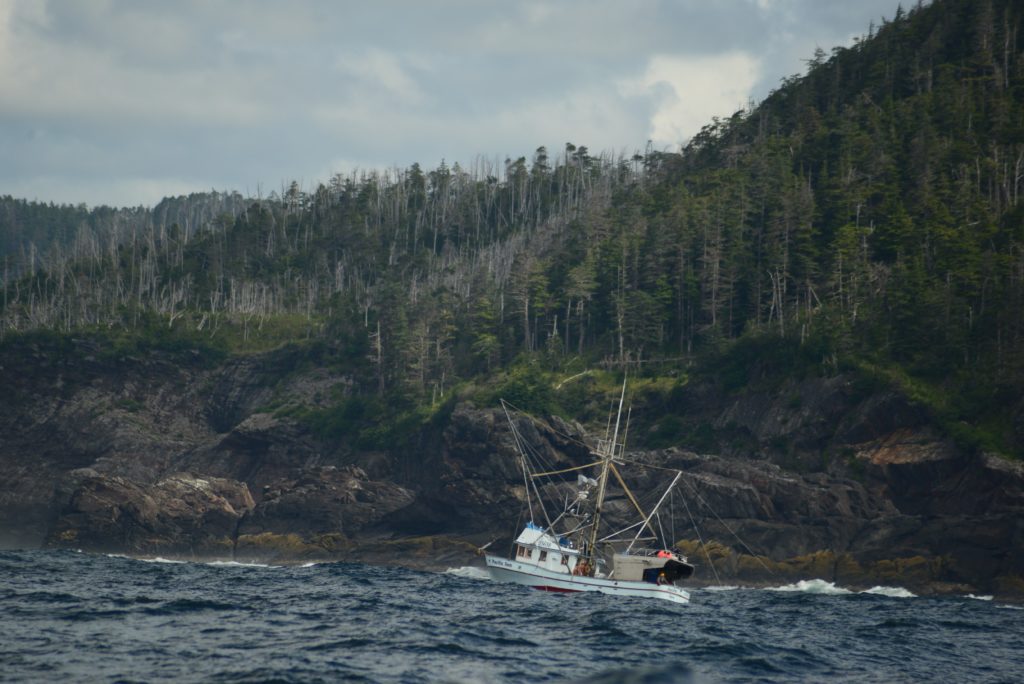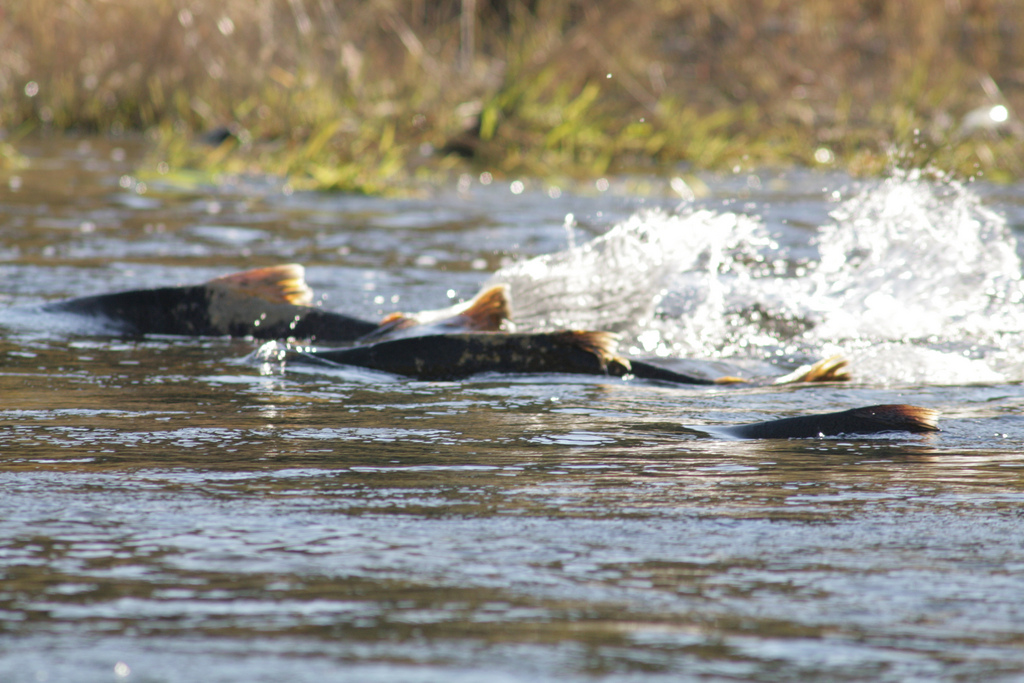Eric Jordan’s life on the ocean began more than 70 years ago, when his parents started taking him out on the family’s troller. At 73, Jordan still fishes regularly. But he says a lot has changed in the waters of Southeast Alaska.
“I was out there, the last two weekends at the Derby weigh station, seeing things that are truly dystopian. The lack of birds, the lack of fish,” Jordan said. “Those of us who are out there on the water, we are seeing the changes. And I’ll tell you it’s pretty spooky.”
Jordan started his own operation in 1978, trolling for coho and chinook salmon across Southeast Alaska and catching hundreds of fish a day. But today, the marine environment seems less abundant. Most species of Southeast salmon have had record low harvests in recent years, and the devastation from “the Blob” — a Pacific heat wave that caused massive die-offs of marine species — lingers.
Scientists expect a future with warmer oceans and more marine heat waves. But there’s a lack of data to explain how climate change is shaping Southeast fisheries. Now, two new citizen science projects from Alaska Sea Grant and the Alaska Trollers Association will help longtime troll fishermen like Jordan take the lead to gather data about how the waters they depend on are changing.
Checking the ocean’s pulse
Tyler Hennon, an oceanographer at the University of Alaska Fairbanks, describes temperature and salinity as foundational to most research in the marine environment.
“I kind of think of it as the heartbeat of the ocean,” Hennon said. “If you don’t know the temperature and salinity, you don’t know much of anything.”
Knowing temperature and salinity is important because they shape ocean mixing, a natural process where warmer surface water mixes with cold, nutrient-rich water from further down in the water column. That process triggers spring phytoplankton blooms.
“Which of course, are the base of the food chain,” Hennon said. “They set off all the production for all the higher trophic levels and fishing and all the things that we love in Southeast Alaska.”
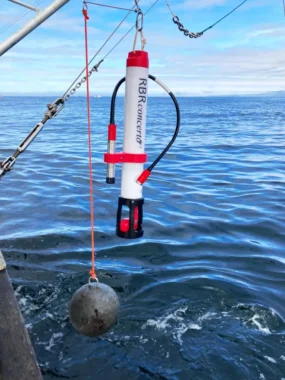
To know what salmon and other marine animals are eating — and when they’re not getting enough to eat — scientists need information on temperature and salinity. But there are major data gaps in central Southeast Alaska, especially in the summer months.
To fill those gaps, Hennon’s project relies on the people who are already out on the water — fishermen who will take regular measurements at different depths near their fishing grounds using electronic sensors on their fishing lines.
The data they gather will provide a baseline for biologists and oceanographers as climate change continues to shape the Gulf of Alaska. That’s crucial for determining what marine conditions that are “normal,” as opposed to conditions that might be caused by climate change.
Sitka fisherman Jim Moore, who serves on the Alaska Trollers Association board, says the data will also help fishermen make sense of decades of observations out on the water.
“People talk about ‘Oh, my goodness, I’ve never seen that before.’ Well, I’ve been fishing for 53 years. I saw that back in 1979,” Moore said. “The long-term data set is what’s really valuable.”
An old salmon counting program, rebooted
Moore is no stranger to doing science from a troll boat. As a commercial troll fisherman back in the 1970s, he participated in a logbook program where fishermen studied salmon populations in the Gulf of Alaska.
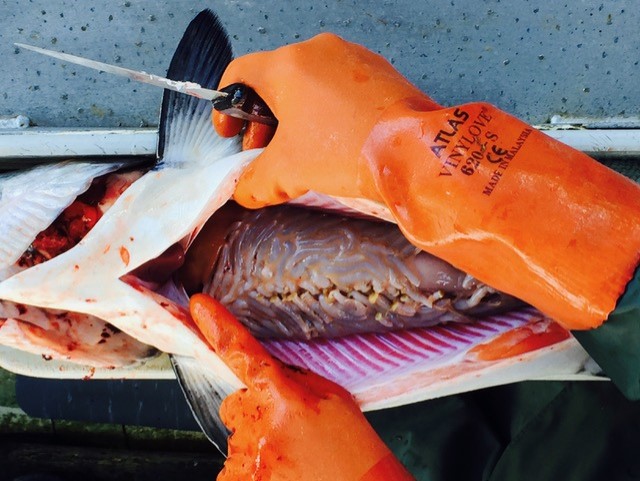
That program ended in the early ’90s. But this spring, Moore and a select group of Southeast troll fishermen relaunched the program electronically. Using a tablet-based logbook, fishermen will record things like the species and quantity of salmon they’re catching, where they catch them, the size of the fish and their stomach contents.
The earlier logbook program informed major management decisions for Pacific salmon stocks, including the development of the Pacific Salmon Treaty in 1985. Moore said he hopes reviving the program will give fisheries managers more data to inform salmon conservation under climate change.
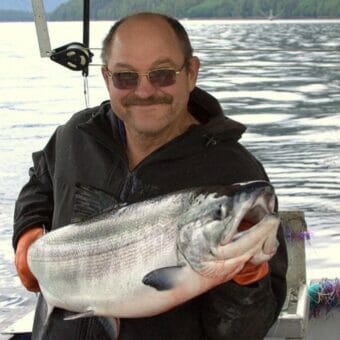
Management of Southeast salmon fisheries was the center of a legal battle this spring, after a federal judge ordered the closure of the Southeast chinook fishery. Last week, a higher court ruled that the fishery could remain open this summer.
Moore said the new logbook program could give fishermen a more solid legal defense against future lawsuits.
“Fishermen are natural scientists,” Moore said. “And the trust built between management and scientists and the fisherman is a good thing. We’re all working on it together.”
Jordan— who’s piloting the logbook program this summer — said collaborating with scientists is a long game for fishermen.
“Trollers have a long history of standing up for salmon. And we are going to do that,” Jordan said.
With science, Southeast troll fishermen can further solidify their role as environmental stewards, while building common ground with researchers and wildlife managers.
View Original Story by Anna Canny, KTOO.

